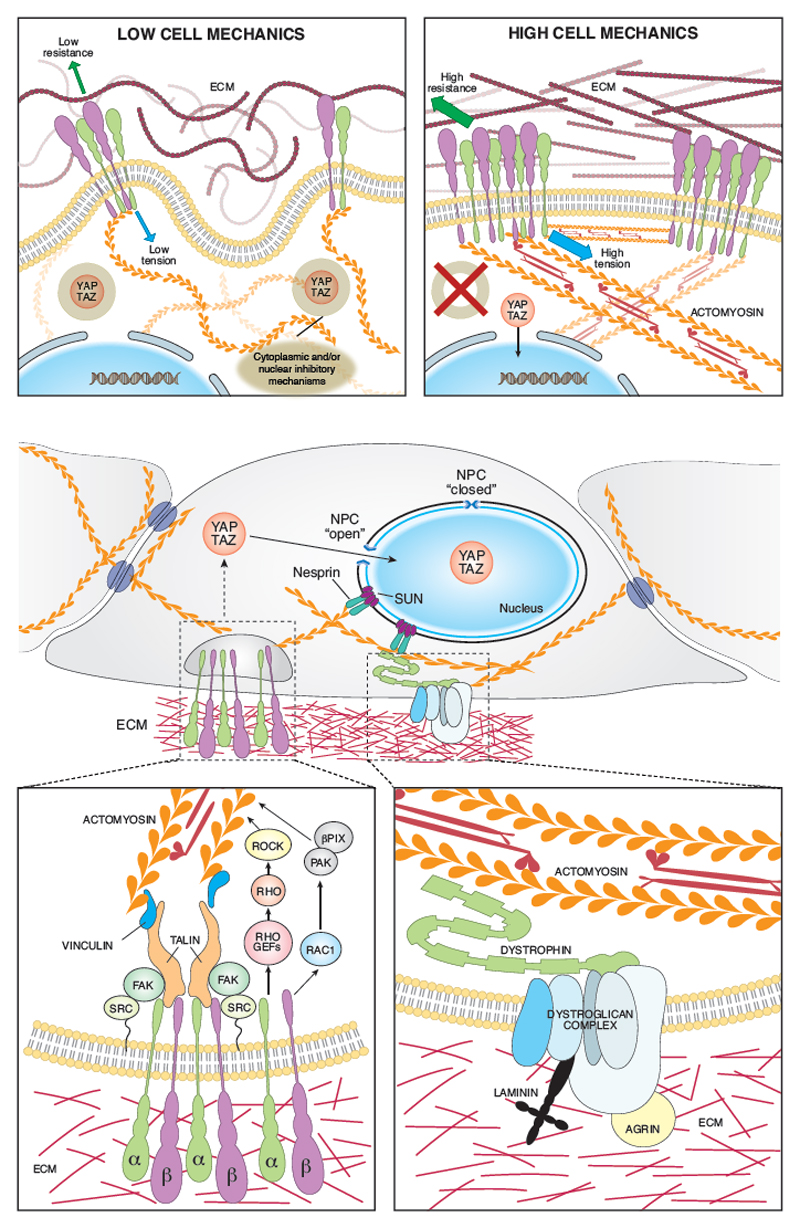Figure 1. Biomechanical signal transduction to YAP/TAZ.
Let top panel: cells respond to ECM rigidity by adjusting their tensional state through Integrin-mediated cell-ECM adhesions. Low ECM resistance corresponds to reduced adhesion and focal adhesion maturation, low actomyosin contractility and YAP/TAZ inactivation by yet unclear cytoplasmic or nuclear inhibitors (brown ring). Right panel: High ECM resistance favors integrin clustering and intracellular tension, disabling YAP/TAZ mechanically-regulated inhibitory mechanisms (red cross), allowing for YAP/TAZ function. Center: The F-actin cytoskeleton integrates mechanical strain arising from cell-ECM and cell-cell adhesions. These physical inputs are transduced into YAP/TAZ function. YAP/TAZ activation is mediated by release of YAP/TAZ from inhibitors but also entails modulation of YAP/TAZ nuclear-cytoplasmic shuttling. The F-actin cytoskeleton impacts on the mechanics and shape of the nucleus through Nesprin and SUN complexes, favoring YAP/TAZ nuclear entry by inducing nuclear deformation and increased permeability of the NPC. Bottom panels: Schematic representation of the signaling cascade that triggers actomyosin deposition and contractility at Integrin-mediated focal adhesions (left). ECM components Laminin and Agrin can signal to the actomyosin cytoskeleton through the dystroglycan-dystrophin complex (right). βPIX: PAK-interacting exchange factor; ECM: extracellular matrix; FAK: Focal adhesion kinase; NPC: nucelar pore complex; PAK: p-21 activated kinase; Rho GEFs: Rho Guanidine nucleotide exchange factors; ROCK: Rho-associated protein kinase; SUN: SUN domain-containing protein.

